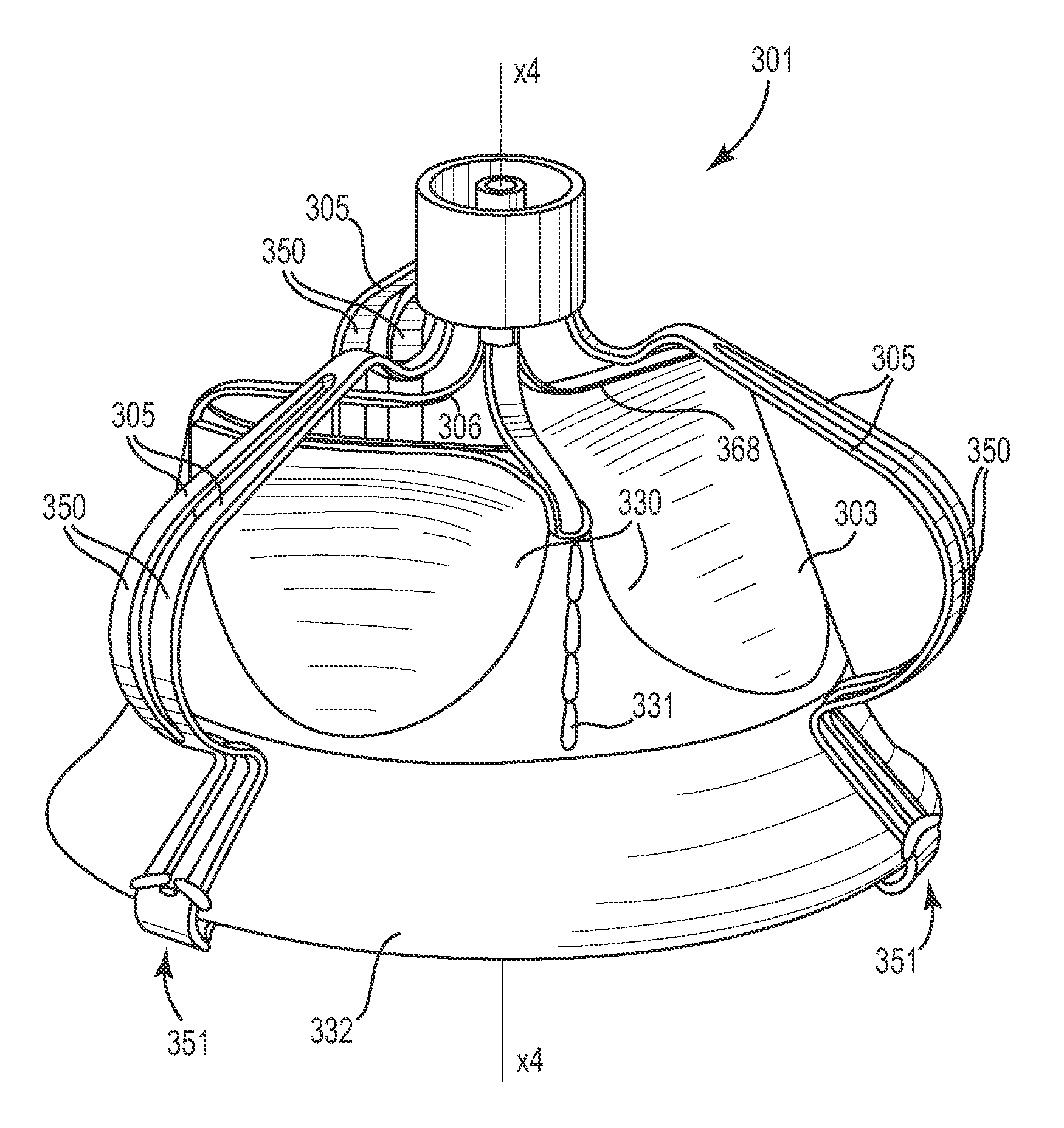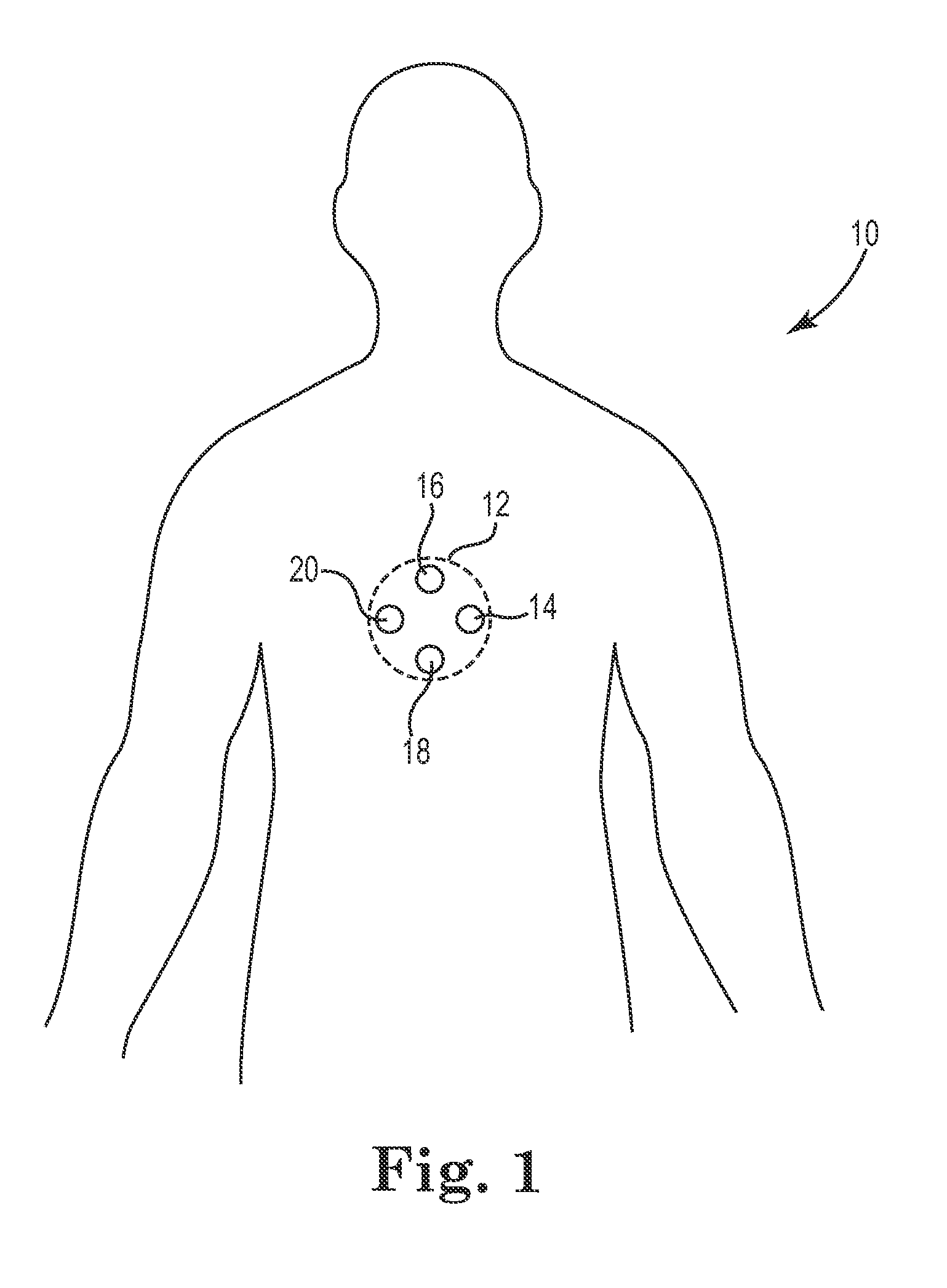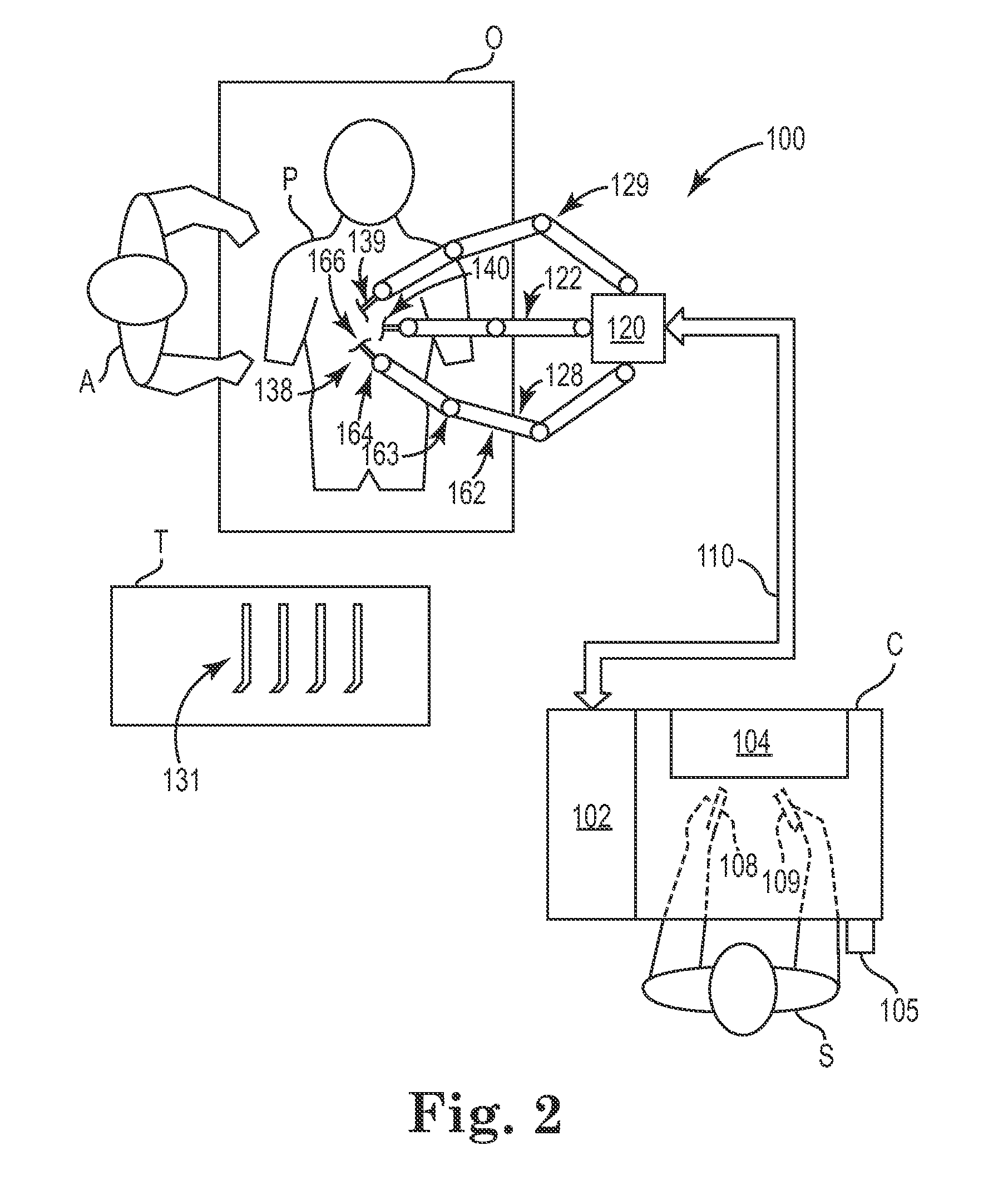Minimally invasive aortic valve replacement
a valve and minimally invasive technology, applied in the field of valve replacement procedures, can solve the problems of inability to maintain bodily fluid flow in a single direction, inability to properly function valves, and inability to maintain the function of the hear
- Summary
- Abstract
- Description
- Claims
- Application Information
AI Technical Summary
Benefits of technology
Problems solved by technology
Method used
Image
Examples
Embodiment Construction
A variety of surgical procedures may be improved using minimally invasive techniques. In a minimally invasive thoracic procedure, for example, one or more access ports may be formed within an operating region in a patient's chest. In some embodiments, a camera or other imaging apparatus may be inserted through one of the access ports to provide the surgeon with a highly detailed view of the surgical site. In some embodiments, surgical procedures such as cutting, suturing and device implantation may be accomplished through one or more of the access ports.
FIG. 1 is a schematic illustration of a patient 10 who is undergoing or is about to undergo a minimally invasive thoracic procedure. In this particular embodiment, the patient 10 will be undergoing a minimally invasive aortic valve replacement procedure, but the techniques described herein may be applicable to other surgical procedures as well. In the illustrated embodiment, a total of four access ports have been formed within a surg...
PUM
 Login to View More
Login to View More Abstract
Description
Claims
Application Information
 Login to View More
Login to View More - R&D
- Intellectual Property
- Life Sciences
- Materials
- Tech Scout
- Unparalleled Data Quality
- Higher Quality Content
- 60% Fewer Hallucinations
Browse by: Latest US Patents, China's latest patents, Technical Efficacy Thesaurus, Application Domain, Technology Topic, Popular Technical Reports.
© 2025 PatSnap. All rights reserved.Legal|Privacy policy|Modern Slavery Act Transparency Statement|Sitemap|About US| Contact US: help@patsnap.com



